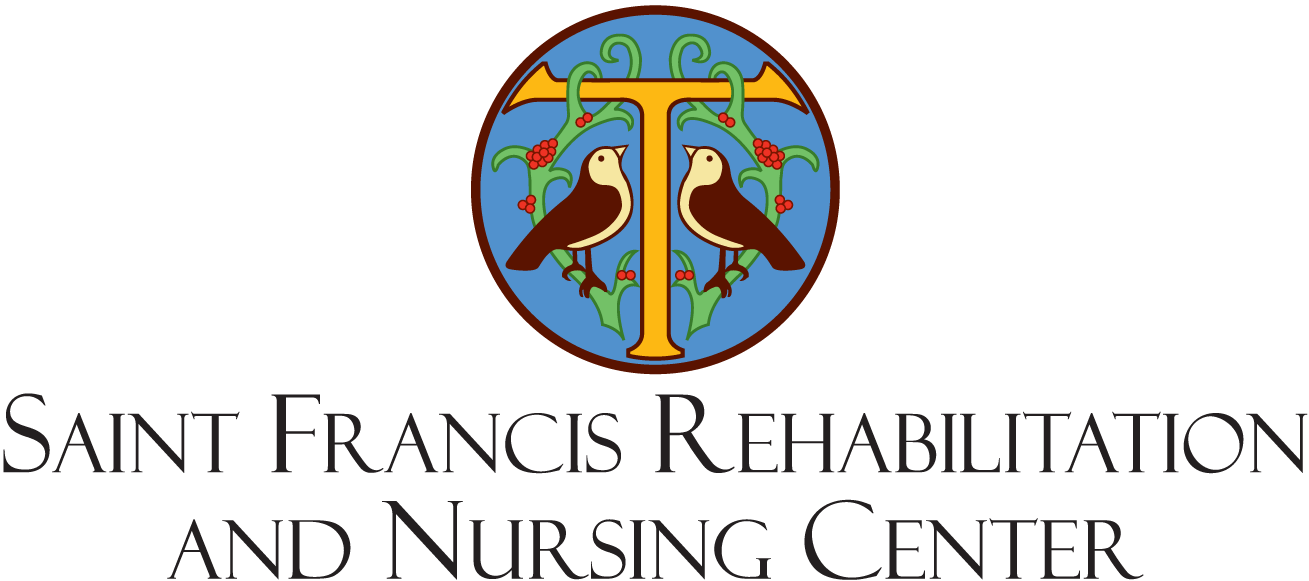Coronavirus: Community Updates Updated - 3/12/2024
Click here for: COVID-19 Testing Results
General Standards for In-Person Visitation
A long-term care facility must allow in-person visitation, which can occur in designated indoor or outdoor visitation space or the resident’s room, with the following safety, care, and infection control measures and policies in place:
Long-term care facilities should screen all individuals entering the facility for symptoms but may utilize posted signage as a means to do so. Facilities should encourage all individuals entering the facility to self-assess for symptoms of COVID-19 (e.g., cough, shortness of breath, or sore throat, myalgia, chills, or new onset loss of smell or taste and a fever). Self-screening should also include absence of a diagnosis of SARS-CoV-2 infection in the prior 10 days. Long-term care facilities should post signage at facility entrance(s) explaining self-screening to visitors.
Any visitor who has a positive self-screen with symptoms of COVID-19 infection or a diagnosis of SARS-CoV2 infection in the prior 10 days (regardless of the visitor’s vaccination status) will not be permitted to visit with a resident.
Visitors, regardless of vaccination status, must wear masks and physically distance themselves from other residents and staff when in a communal area in the facility. While visitors should wear masks when visiting residents in a private setting, such as a resident’s room when the roommate is not present, they may choose not to. Also, while not recommended, if a resident (or responsible party) is aware of the risks of close contact and/or not wearing a mask during a visit, and they choose to not wear a mask and choose to engage in close contact, the facility cannot deny the resident their right to choose, as long as the residents’ choice does not put other residents at risk. Regardless, masks must be worn by visitors in a communal area.
While not recommended, residents who are in isolation can still receive visitors. In these cases, visits should only occur in the resident’s room and the resident must wear a well-fitting facemask (if tolerated). Before visiting residents who are in isolation, visitors should be made aware of the potential risk of visiting and precautions necessary in order to visit the resident. Visitors should adhere to the core principles of infection prevention. It is strongly advised that visitors to COVID-19 positive residents should be up to date with COVID-19 vaccines and maintain physical distance. Facilities must offer and visitors must wear well-fitting facemasks and monitor visitor compliance with hand hygiene.
Any individual who enters the long-term care facility and develops signs and symptoms of COVID-19 such as fever, cough, shortness of breath, sore throat, runny nose, headache, myalgia, chills, fatigue, gastrointestinal symptoms or new onset loss of smell or taste or tests positive for SARS-CoV2 infection within two days after exiting the long-term care facility or designated outdoor space must immediately notify the long-term care facility of the date they were in the facility, the individuals they were in contact with, and the locations within the facility they visited. Long-term care facilities should immediately screen the individuals who had contact with the visitor for the level of exposure and follow up with the facility’s medical director or resident’s care provider.
We have created this webpage in order to help families and others stay up to date on our precautions and safety measures. We will continue to update and monitor this page on a regular basis.
Helpful Resources:
Coronavirus Fact Sheet from Massachusetts Department of Public Health
Hand Washing Instructions from the CDC


